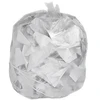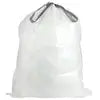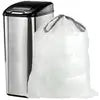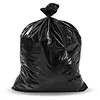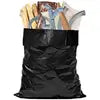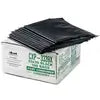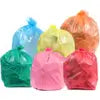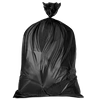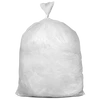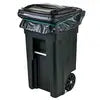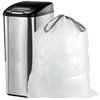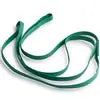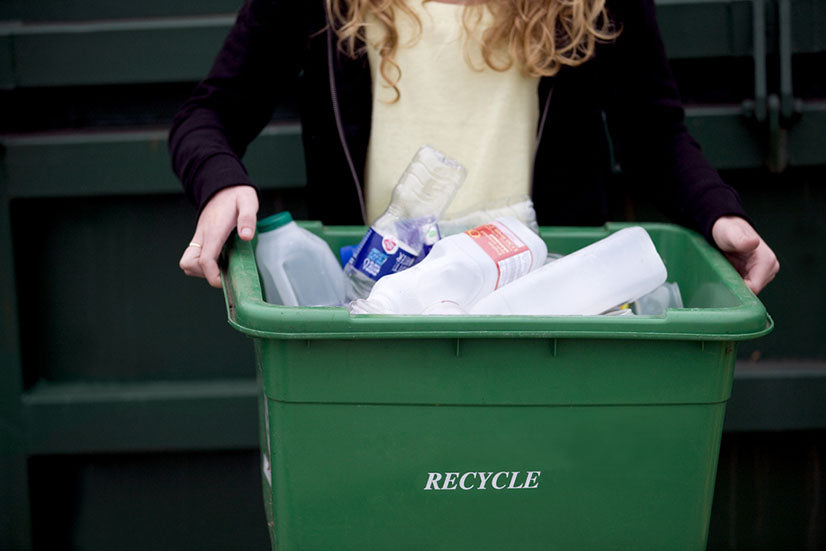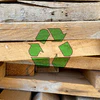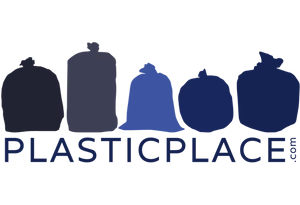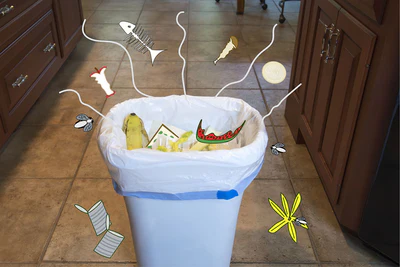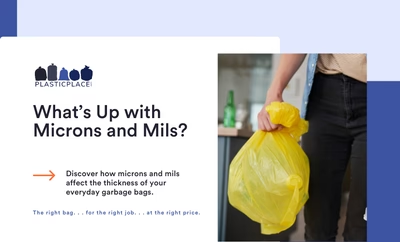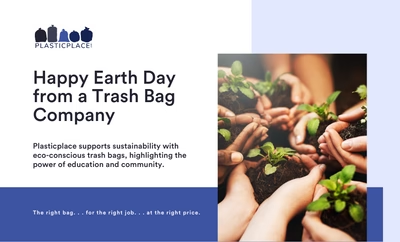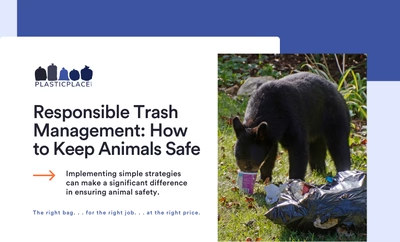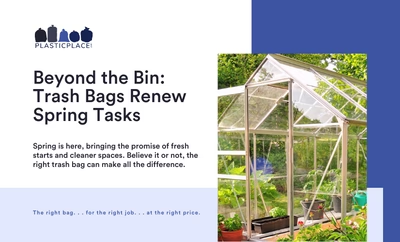Source: Air Images/Shutterstock
Recycling contamination is a big problem for American recycling, and it’s important that we all do everything we can to reduce it. Thus, it’s understandable to wonder: Do labels need to be removed for plastic recycling? After all, you don’t want your whole load of recyclables sent to the landfill because you forgot to remove the label on your milk jug!
Fortunately, this is one area of recycling where going the extra mile is optional. Read on, and we’ll tell you all about whether you need to remove labels from your plastic recyclables, how to do it if you want to and other tips for keeping your plastic recyclables clean.
Removing Labels for Plastic Recycling: Yes or No?
Generally speaking, the answer is no, you don’t need to remove labels from plastic containers before recycling them. (What’s more, you don’t need to remove them from glass recyclables, either.) It’s not ideal to have labels on your recycling, but so long as the rest of your recyclables are in good order, don’t worry about your bin getting rejected.
Most materials recovery facilities are able to deal with labels by applying extreme heat to plastic and glass recyclables. This heat helps remove labels and other things that might be stuck on recyclable materials. It’s not a perfect process, and some labels will make it through, but it’s effective enough to remove most of them.
Ultimately, it’s a case of “don’t let the perfect be the enemy of the good.” While recyclers would prefer not to have labels on plastics, we don’t live in a perfect world where every plastic label comes off quickly and cleanly! It’s better to have people recycling plastic with labels than to throw it away because they don’t have time to remove a glued-on label.
Remember, of course, that recycling practices vary widely from one city, county or state to the next. Some recycling programs might ask participants to remove labels from their plastic before they recycle it. That’s why you should always check with your recycling program about their policy on removing labels.
Want to Remove the Labels Anyway?
However, if you have time to remove the labels from your recyclables, it’s a helpful thing to do! Some single-use food and beverage containers have plastic labels that aren’t glued on. Rip the label off, throw it away and you’re good to go. (Labels themselves usually aren’t recyclable in a curbside bin.)
Many types of plastic containers have glued-on labels instead. For these, your best bet is to soak the container in warm water and then peel the label off and scrub the remaining gunk away with a sponge. If you’re going this far to remove the label, consider ways to reuse the plastic container instead of just recycling it!
By removing labels, you’ll further decrease the chances of your bin being rejected and make the recycling facility’s job easier. The more effectively that recycling is sorted, the more useful it is to companies who use it to make eco-friendly trash bags and other recycled plastic goods. In turn, that helps keep the market for recyclables healthy and functioning well.Buy Eco-Friendly Trash Bags Here
Source: one photo/Shutterstock
Is My Plastic Actually Recyclable?
Worrying about removing the label can overshadow a much more important part of plastic recycling: making sure that the plastic you’re recycling is, well, actually recyclable! More specifically, you need to ensure that it’s recyclable in the municipal single-stream curbside bins that most people use to recycle.
Unfortunately, a recycling symbol on the plastic isn’t a guarantee. Look at the number inside the recycling symbol before putting it in your bin. #1 and #2 plastics are almost always recyclable, while #5 and #7 plastics may be recyclable in some places, but not in others. Any other number usually isn’t suitable for curbside recycling unless your local recycling rules specifically say it is.
Other Important Steps for Preparing Plastic Recyclables
- Wash out any food or beverage residue from your plastic recyclables. Single-use food trash such as plasticware and straws should go in the trash (or be avoided entirely, if you can).
- Find out whether your recycling facility accepts plastic bottles with caps on them. This aspect varies highly by region. Some facilities want you to remove the caps and throw them away. Others will accept the bottle, cap and all.
- Recycling bags are excellent for storing recyclables before disposal, but make sure to take the recyclables out of the bag before placing them in the bin. Most recycling centers don’t accept plastic films such as bags, although you can often recycle them at a plastic film drop-off point near you.
- Look into some ways to reduce your household’s plastic use, such as using recyclable shopping bags and reusable water bottles. The fewer plastics you have to recycle, the less work you’ll have to do to prepare them!

Source: Natalia Mels/Shutterstock
We know you care about protecting the environment, and Plasticplace is here to help keep your spaces clean in a more eco-friendly way! See our selection of eco-friendly trash bags to help reduce your plastic footprint, or check out our Simplehuman compatible garbage bags to make sure you get just the right fit on your Simplehuman garbage can. 4.9 out of 5
4.9 out of 5  Mix and Match: Buy any two products for 10% off!
Mix and Match: Buy any two products for 10% off!












